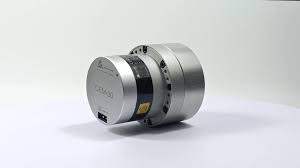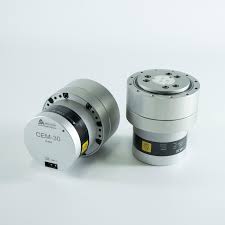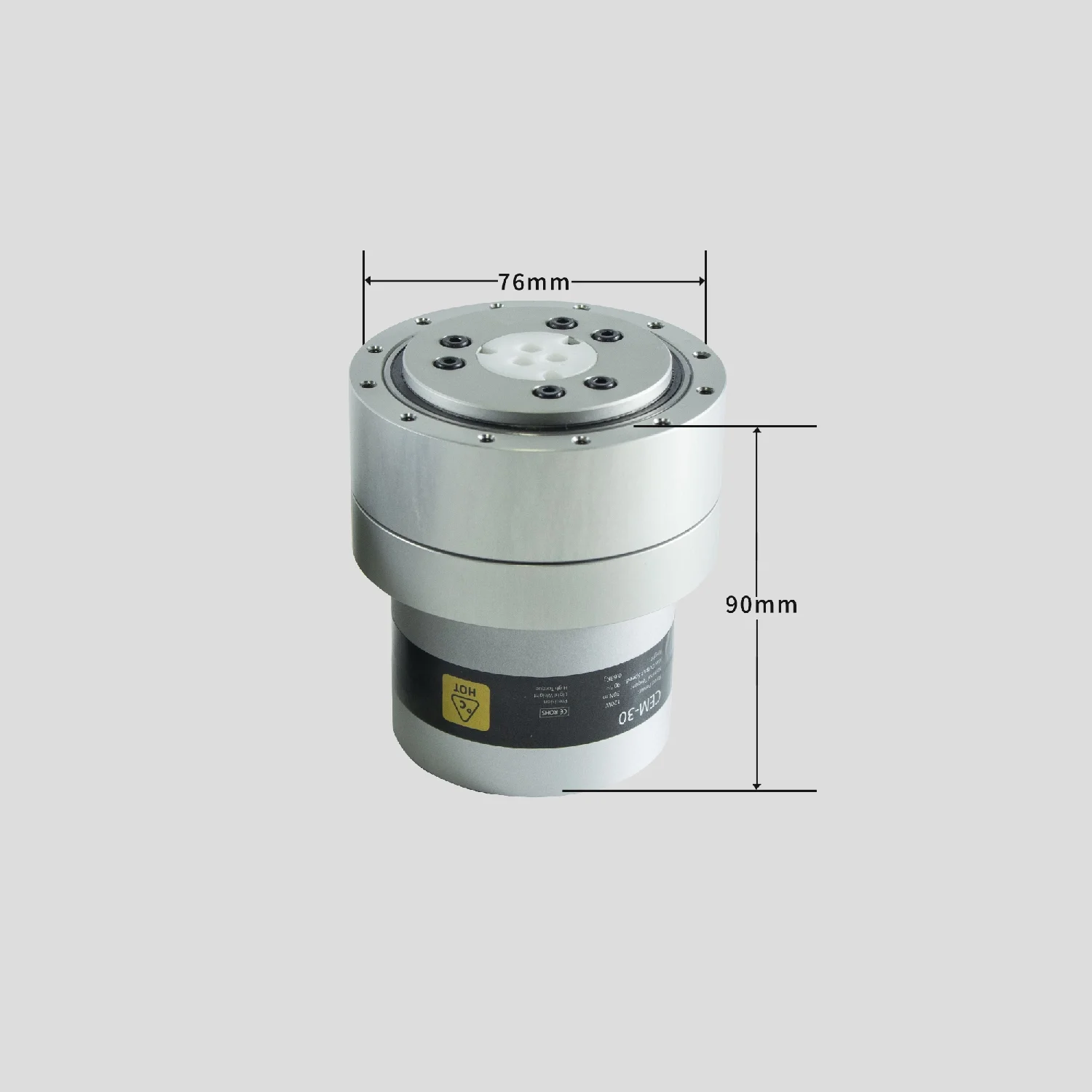In an era where industrial automation is rapidly evolving, the demand for smart, adaptable, and efficient components has never been higher. Among the innovations leading this change are CEM Intelligent Actuators, which have redefined how systems achieve precision control and optimized movement. These next-generation actuators offer not just mechanical motion but also built-in intelligence, enabling dynamic adjustment, real-time feedback, and seamless integration into modern automated environments.
In this article, we will dive deep into the features that make CEM Intelligent Actuators stand out and explore their wide-ranging applications across industries.
What Are CEM Intelligent Actuators?
At their core, actuators are devices that convert control signals into physical motion. Traditional actuators often require separate controllers or manual adjustments. However, CEM Intelligent Actuators integrate advanced electronics, sensors, and control algorithms directly within the actuator unit itself.
This integration allows the actuator to:
-
Monitor its own performance
-
Adjust motion profiles on the fly
-
Communicate with other smart devices or systems
-
Detect faults early and self-correct or alert operators
The result is a smarter, more efficient actuator capable of improving system reliability, reducing downtime, and enhancing overall productivity.

Key Features of CEM Intelligent Actuators
1. Built-in Sensors and Feedback Systems
One of the hallmark features of CEM Intelligent Actuators is their embedded sensors, which continuously monitor critical parameters such as position, force, speed, and temperature. This real-time feedback allows for:
-
Precise control over motion
-
Automatic calibration and compensation
-
Early detection of anomalies before they cause failures
By eliminating the need for external sensors and feedback loops, system complexity is significantly reduced.
2. Advanced Motion Control Algorithms
CEM Intelligent Actuators come pre-programmed with sophisticated motion control algorithms that ensure smooth, accurate, and repeatable movements. Features such as trajectory planning, speed profiling, and adaptive load control allow these actuators to handle even the most demanding automation tasks with ease.
This high level of motion control is especially crucial in applications like robotics, semiconductor manufacturing, and precision assembly.
3. Seamless Connectivity and Integration
In today’s Industry 4.0 environment, connectivity is key. CEM Intelligent Actuators support a wide range of industrial communication protocols such as Modbus, EtherCAT, CANopen, and Profinet. This allows them to easily integrate into existing automation and IoT systems.
Remote monitoring, predictive maintenance, and cloud data analytics become possible when actuators are no longer isolated mechanical devices but connected smart nodes.
4. Self-Diagnostics and Predictive Maintenance
Another standout feature is the self-diagnostic capability of CEM Intelligent Actuators. The internal systems constantly evaluate the actuator’s health and performance, offering real-time condition reports. If wear or potential failure is detected, alerts can be generated automatically, allowing maintenance teams to intervene before a breakdown occurs.
Predictive maintenance strategies based on this data reduce unscheduled downtimes, lower maintenance costs, and extend the operational life of equipment.
5. Energy Efficiency and Sustainability
CEM Intelligent Actuators are engineered for maximum energy efficiency. Through intelligent control of motion parameters, they minimize energy consumption while maintaining optimal performance. Energy-efficient systems not only lower operating costs but also contribute to broader sustainability goals—an important consideration for modern industries aiming to reduce their environmental footprint.

Applications of CEM Intelligent Actuators Across Industries
Industrial Automation
In fully automated production lines, CEM Intelligent Actuators play a crucial role in moving, positioning, and handling parts with high precision. They ensure synchronized operations across robotic arms, conveyor systems, and material handling equipment.
Example: In automotive manufacturing, intelligent actuators are used in welding robots, assembly systems, and quality inspection stations to achieve highly repeatable and error-free operations.
Robotics and Artificial Intelligence
Modern robots demand actuators that are lightweight, energy-efficient, and capable of complex, responsive movements. CEM Intelligent Actuators meet these requirements with built-in motion control and feedback.
Example: In collaborative robots (cobots) working alongside humans, intelligent actuators enable safe, adaptive, and intuitive movement, enhancing productivity without compromising safety.
Aerospace and Defense
In the aerospace sector, precision, reliability, and safety are paramount. CEM Intelligent Actuators are used in aircraft control systems, satellite mechanisms, and missile guidance assemblies.
Example: Intelligent actuators adjust the position of control surfaces during flight, providing real-time feedback and corrections based on environmental conditions, ensuring safe and stable operations.
Medical Devices and Equipment
Precision motion control is vital in medical devices such as surgical robots, diagnostic machines, and automated pharmaceutical equipment.
Example: In robotic-assisted surgery, intelligent actuators provide the surgeon with unmatched control and feedback, resulting in safer, less invasive procedures and faster patient recovery times.
Renewable Energy Systems
In solar tracking systems and wind turbines, optimizing the position of panels or blades can significantly enhance energy capture. CEM Intelligent Actuators provide the adaptive motion needed for these tasks.
Example: Solar farms use intelligent actuators to track the sun’s movement throughout the day, maximizing energy production with minimal energy input.

![]()
Why Choose CEM Intelligent Actuators?
CEM Intelligent Actuators are more than just mechanical devices; they are smart solutions designed for the future of manufacturing and automation. Their ability to combine precision motion, self-monitoring, connectivity, and energy efficiency makes them a strategic investment for industries aiming to improve operational excellence and adapt to rapidly changing market demands.
Companies that integrate these intelligent actuators into their systems can expect:
-
Increased productivity
-
Higher product quality
-
Lower total cost of ownership
-
Better sustainability and energy management
Conclusion
As industries move toward smarter, more connected production environments, CEM Intelligent Actuators stand out as essential enablers of precision, efficiency, and innovation. With their advanced features, versatile applications, and future-ready design, they are truly transforming the possibilities of what automation can achieve.
The Role of CEM Intelligent Actuators in Modern Automation
www.yujiaelectronics.com
Kunshan Yujia Electronics Co., Ltd.

More Stories
Circular Economy Solutions: COMY Environmental Technology Leading the Charge
How Oil Type Transformers Enhance Industrial Power Efficiency
Indoor vs. Outdoor EV Chargers: Choosing the Right 7kW Charging Solution for Your Home